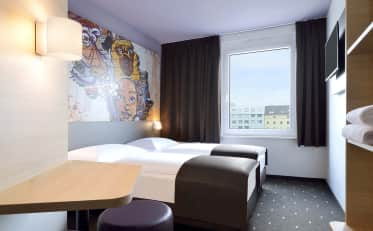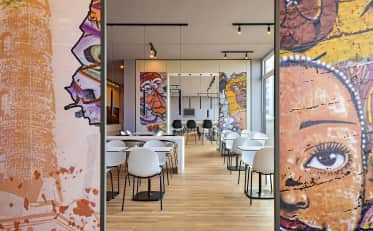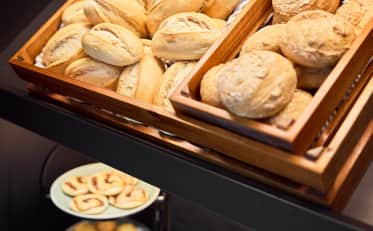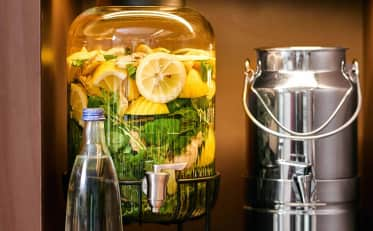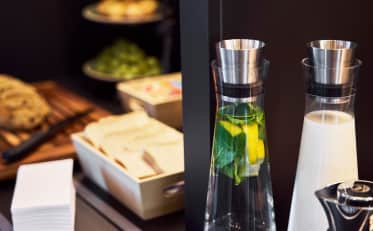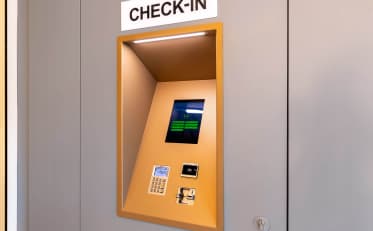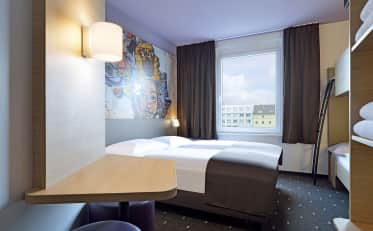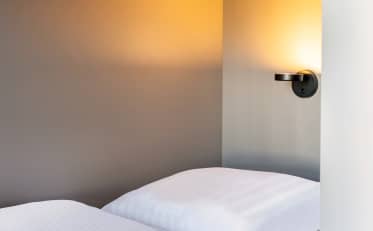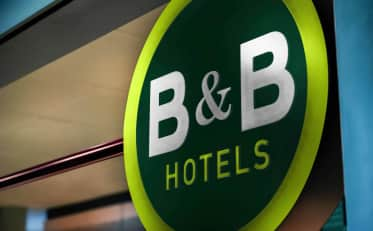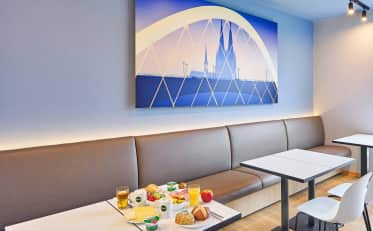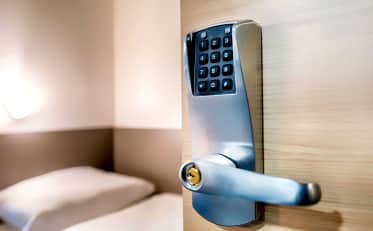Carnival in Cologne
Alongside Düsseldorf and Mainz, Cologne is one of the three strongholds of carnival in Germany. Carnival in Cologne, also known as Fastelovend, is the fifth season of the year for the many dressed-up revellers. The festival reflects the most beautiful aspects of the city on the Rhine and offers hundreds of rides, rollercoasters, amusement and food stalls. Parades, great costumes, foolish goings-on and fireworks are a magnet for families and children. Everywhere in the streets you can hear: Kölle Alaaf!
Schedule of celebrations - dates and events
The session officially begins with the Hoppeditz awakening on St. Martin's Day, the eleventh of November (11.11.) at 11.11 am. The party streets quickly fill up with aliens, princesses and polar bears at the start of the session. Especially in Zülpicher Straße, affectionately known as “Zülpi”, many people gather, who also like to settle down on the meadow in front of the university. On Cologne's Heumarkt or Alter Markt, the carnival musicians play in front of several thousand spectators and the designated Cologne triumvirate, consisting of the maiden, prince and farmer, also introduce themselves to the public.
However, the highlight of the carnival season or the Cologne Fasteleer is the so-called carnival week, which takes place in spring. On Weiberfastnacht, the Thursday before Ash Wednesday, the street carnival opens on Cologne's Heumarkt at 11.11 am. Carnival revelers celebrate until the evening of Carnival Tuesday.
The Schull- und Veedelszöch, smaller parades of Cologne's schools and neighborhoods, take place on Carnival Sunday. The best groups, which are selected by a jury, are allowed to take part in the Rose Monday parade.
The traditional highlight of Cologne Carnival is the Rose Monday parade, which is also broadcast on television. On Tuesday evening, the burning of the Nubbel takes place in various parts of the city. The Nubbel or Zacheies is the Rhineland scapegoat of the carnival, with whose burning all sins and transgressions during the festival are to be erased.
On the night of Ash Wednesday at midnight sharp, carnival is over. Lent now begins for the next 40 days until Easter. Carnival participants often get together for a final gathering and fish supper.
The Rose Monday parade
The Rose Monday procession sets off at 10 a.m. on the dot. The parade, which has been held since 1823, is the first and therefore the oldest Rose Monday parade in Germany. Hundreds of thousands of spectators enjoy the colorful foot groups, bands, riders and floats and try to catch some of the “Kamellen” and “Strüßjer” (sweets and bouquets) thrown. Around 300 tons of sweets, 300,000 bouquets of flowers, rag dolls and many other gifts are thrown from the floats.
The decorated floats then parade for at least five hours from Chlodwigplatz in Südstadt to Mohrenstraße. The parade is 8 kilometers long, so the first carnivalists have often already arrived while the last ones have not yet set off.
The many imaginatively designed persiflage floats often pick up on current events with political and socially interesting themes. The Blue Sparks form the initial part of the Rose Monday parade. It is one of the oldest carnival societies in Cologne. In the middle of the procession is traditionally the float of the President of the Cologne Carnival Festival Committee. The guard of honor, consisting of the Kölsche Jungfrau, the Kölsche Bauern and the Kölner Prinzen, form the final part of the Rose Monday procession.
Why do we celebrate carnival?
The origins appear to be manifold:
Cologne was founded by the Romans more than 2000 years ago and, as everywhere in the Roman Empire, the great festival of Saturnalia was celebrated here in honor of the god Saturn. On these days, the ancient world was turned upside down, because in addition to drinking and dancing, the rich exchanged their noble robes for the tunics of their poor slaves and even served them. The slaves were even allowed to criticize their masters, which would normally have been punished with severe penalties. There is even said to have been a parade float, which is much closer to today's carnival.
But the Germanic tribes also celebrated a wild festival in spring, where they drove away the demons of winter with terrifying masks, drums and singing.
When Christianity was declared the state religion in 343, these pagan festivals were a nuisance to the church. However, as people did not allow themselves to be forbidden from celebrating, the festivals were reinterpreted: No longer evil spirits, but the devil was to be driven away.
Did you know? Incidentally, the name carnival comes from Latin. In the Middle Ages, when the Catholic Church was dominant, the faithful were supposed to eat less and pray more before Easter. This is why the Latin word “carne” was used to say goodbye to meat.





















